Save to...
Flora Danica: Inside The World’s Most Prestigious Dinnerware
Flora Danica is one of the world’s most exclusive dinner services from the golden age of porcelain. It has its own fascinating history, and is produced in a way that is unique to Royal Copenhagen.
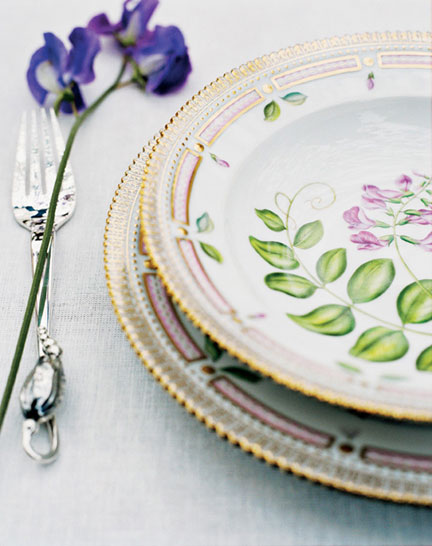
Flora Danica was commissioned by the Danish Royal Court as a gift for Catherine the Great of Russia. Royal Copenhagen artisan Johann Christoph Bayer and his staff modeled and cut out every piece by hand, making every part a work of art in itself.
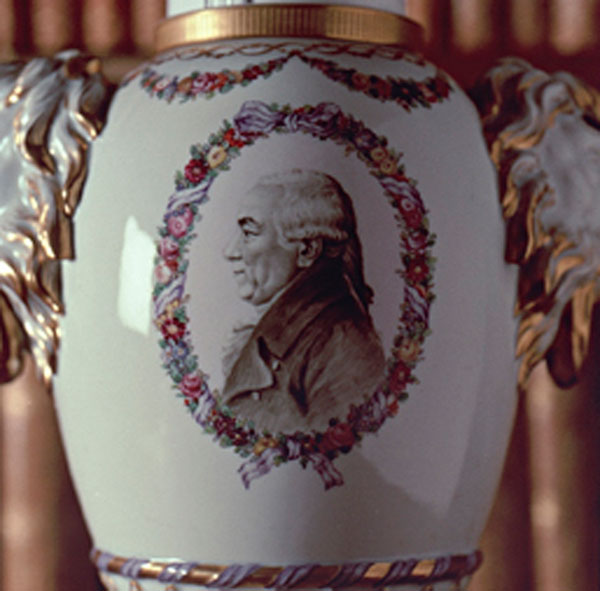
The creation of the 1,802 different pieces of the Flora Danica was an immense task. Serrated edges and perforations are cut out by hand, and the flowers on lids, covers and handles are modeled in porcelain, leaf by leaf.

The Flora Danica dinner service is named after the great work on botany entitled Flora Danica, which began to appear in Copenhagen in 1761. A work of art in itself, the Flora Danica service is world famous as one of the most magnificent examples of the art of overglaze decoration.
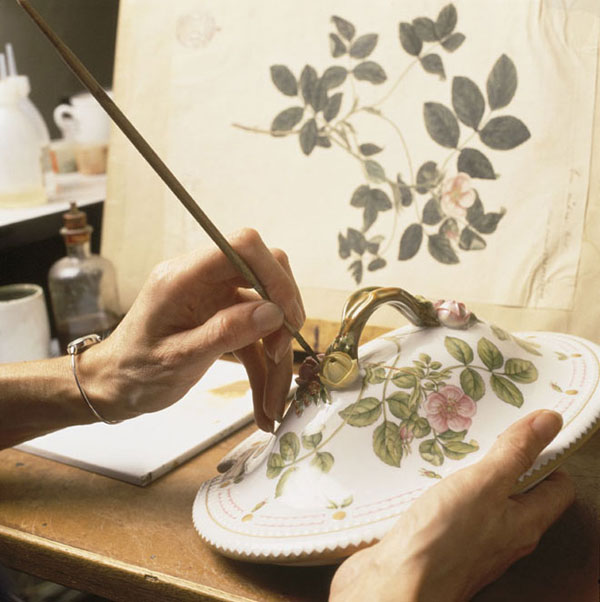
Items with overglaze are recognizable by the wide range of colors and the richness of detail in the decoration. The technical term “overglaze” refers to the fact that the porcelain is decorated after it has been glaze-fired in the brightening kiln.
Consequently, the porcelain items must be fired once more at about 850°C after they are painted, to allow the paints to melt and fuse with the fired glaze. Immediately after firing the gold decorations look matte and dull. Their characteristic gold sheen appears only after vigorous polishing with glass brushes or sand.
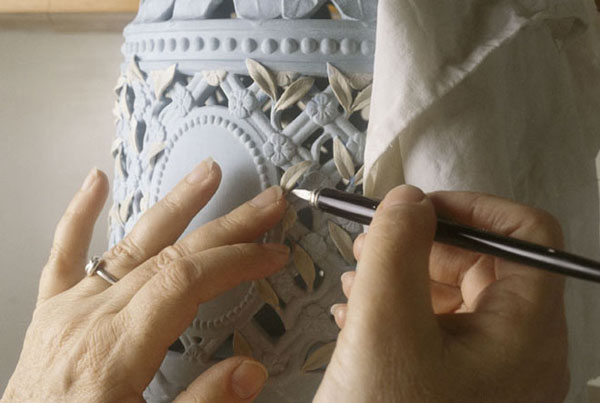
Flora Danica is regarded as one of the most original and inspired products of the European art industry from the golden age of porcelain. The production of the service was completed in 1804, and Johann Christoph Bayer was granted a pension from the Royal Copenhagen Porcelain Manufactory. By then Johann Christoph Bayer was 66 years old. He died in Copenhagen 8 years later, but the legacy of his work lives on to this day.
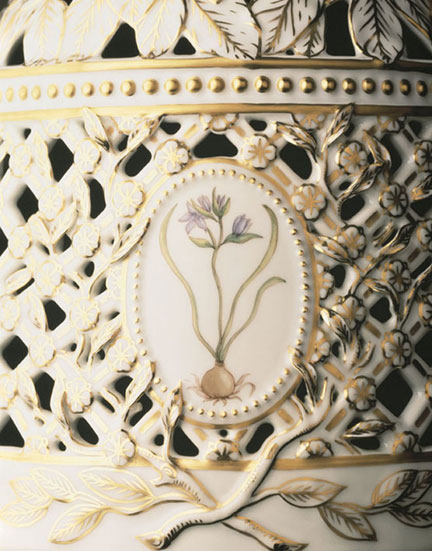
Notable collectors of Flora Danica include Oprah, Princess Marie-Chantal of Greece, and various members of the Kennedy family. To start your own collection of Floral Danica dinnerware, click here.
